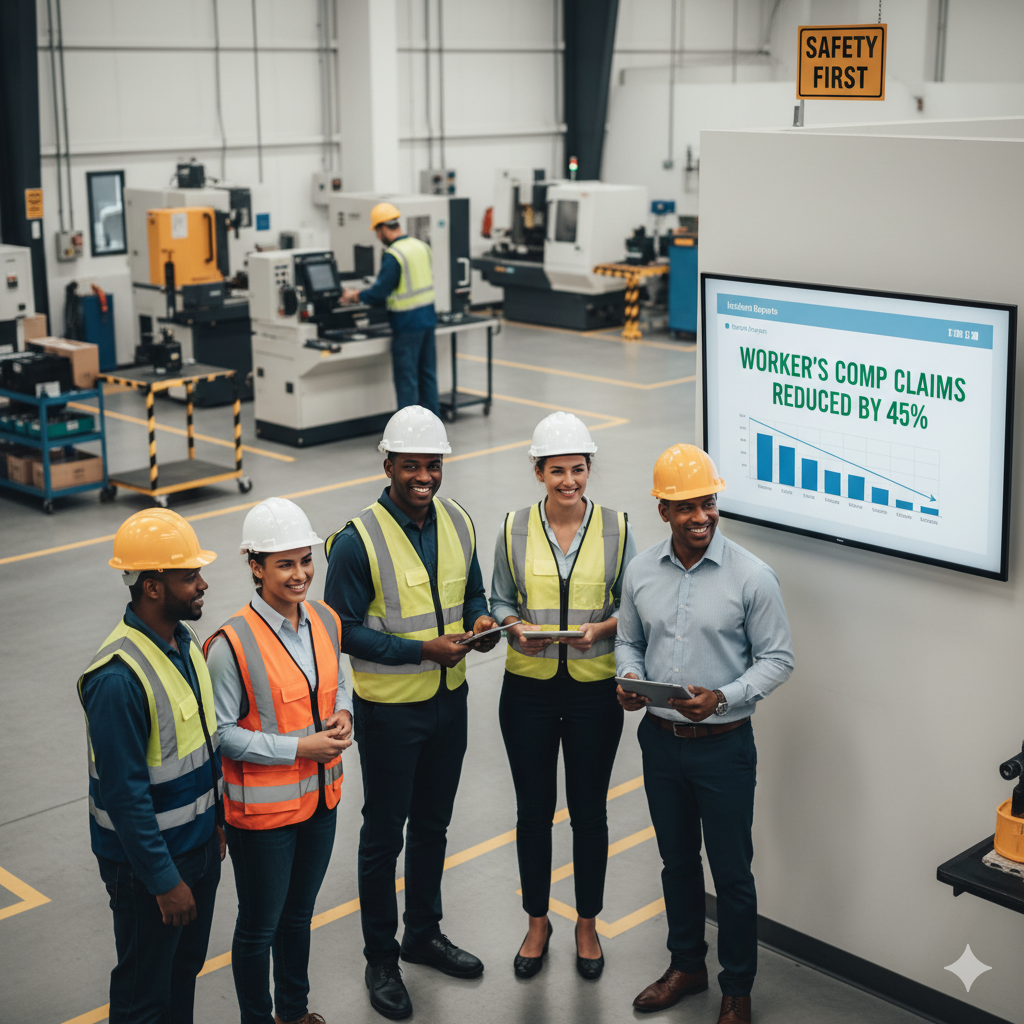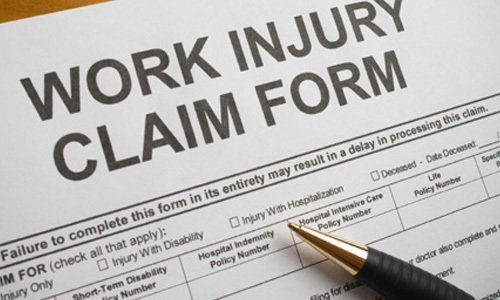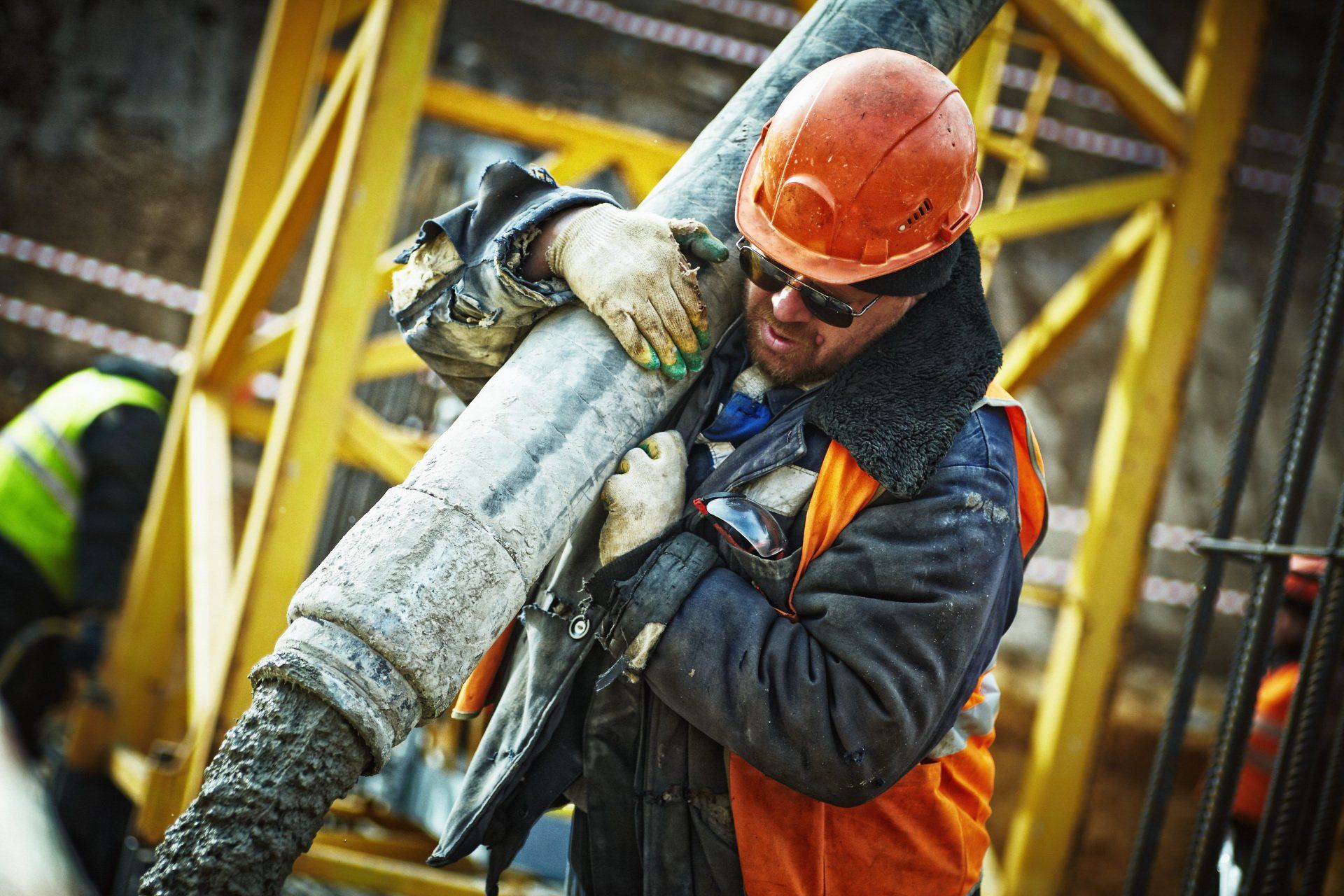Post-Employment Testing for New Employees
Post-employment testing for new employees can improve workplace safety in your company. Read on to learn more!

Post-employment testing will help you onboard new employees with confidence. It will also allow you to improve workplace safety in your business, which in turn will lead to an increase in profits and fewer worker compensation claims. Therefore, it is vital that post-employment testing become part of your company’s onboarding process. This will ensure the future success and profitability of your company.
Employee Onboarding
The onboarding process will give new employees the information and tools they need to settle in at your company and to deliver excellent work. A positive experience will ensure that these new hires become outstanding performers.
The aim of the onboarding process is also to help new employees build bonds with their colleagues. During this time, they should also be learning as much as possible about your company. They should understand its mission, values, and culture, as well as their role in the company.
New hires need clarity about the job they'll be expected to do. You need to explain their job description and answer their questions. Also, encourage them to view the company website, so that they can learn as much as possible.
They also need to be enlightened about company policies regarding remote work, leave, and other policies.
Post-Employment Testing
The aim of post-employment testing is to assess the abilities and skills of new employees after they're hired. The process involves different types of testing.
Physical Testing
Physical testing is necessary, especially when the job is going to involve manual labor. If it is performed well, it will also lead to lower worker's compensation claims for your company. Physical testing considers if a candidate has the physical abilities to perform the duties for which he has been hired.
Steps in the Test
The physical test can be broken down into different sections:
- The candidate's flexibility is tested through a series of movements. These are guided by an assessor to test their range of motion. This can also involve resistance testing.
- The candidate's ability to balance is assessed through a few simple tests, such as walking on the curb of a sidewalk. The assessor observes these tests.
- The candidate is asked to do some of the physical tasks that they will be required to do as part of their jobs. This could include lifting a heavy object, climbing a ladder, or navigating equipment.
- Strength and endurance are also assessed. This will provide insight into how long candidates can last when they perform their required tasks.
The better a candidate performs on these tests, the less chance that they could be injured while doing their job.
Medical Examination
The candidates will undergo medical testing to determine if they're capable of performing certain tasks. The employer will then be able to determine if the new hire is healthy and ready to take on the tasks to be able to do for his job.
The medical tests can include optical tests, cardiovascular assessments, hearing or audiology tests, and respiratory system examinations. The candidate's available medical history will be considered. These include the medication they are currently using and their general health status.
The Physical Capacity Profile Testing System (PCP)
The Physical Capacity Profile Testing System (PCP) system uses state-of-the-art proprietary software. The software collects multiple-strength measurements in 30 minutes. The healthcare practitioner and employer can get access to the test report results within minutes.
The system is ADA and HIPAA-compliant and has passed EEOC audits. You can visit Physical Capacity Profile (PCP)to learn more about the testing system.
Benefits of the PCP Test
The PCP testing system delivers the following tangible benefits to companies:
- Companies have lower workers' compensation payouts.
- Legal expenses are lower as a result of fewer workers' compensation claims.
- Employees miss fewer workdays as a result of work-related injuries.
- Companies can see their profits increase as a result of hiring staff that are physically able to perform.
- Companies can expand their pool of qualified workers.
- The employer saves on medical costs.
The employee onboarding process is about providing employees with the information they need to be successful in their new positions. You also make them feel welcome at your company and help them form valuable partnerships with their new colleagues.
You need to make sure they’ll be able to cope with the physical demands of the job, especially if it’s going to involve a lot of manual labor. The PCP testing system will provide you with the test results of candidates, giving you peace of mind. To learn more about the PCP Testing System, click here.










